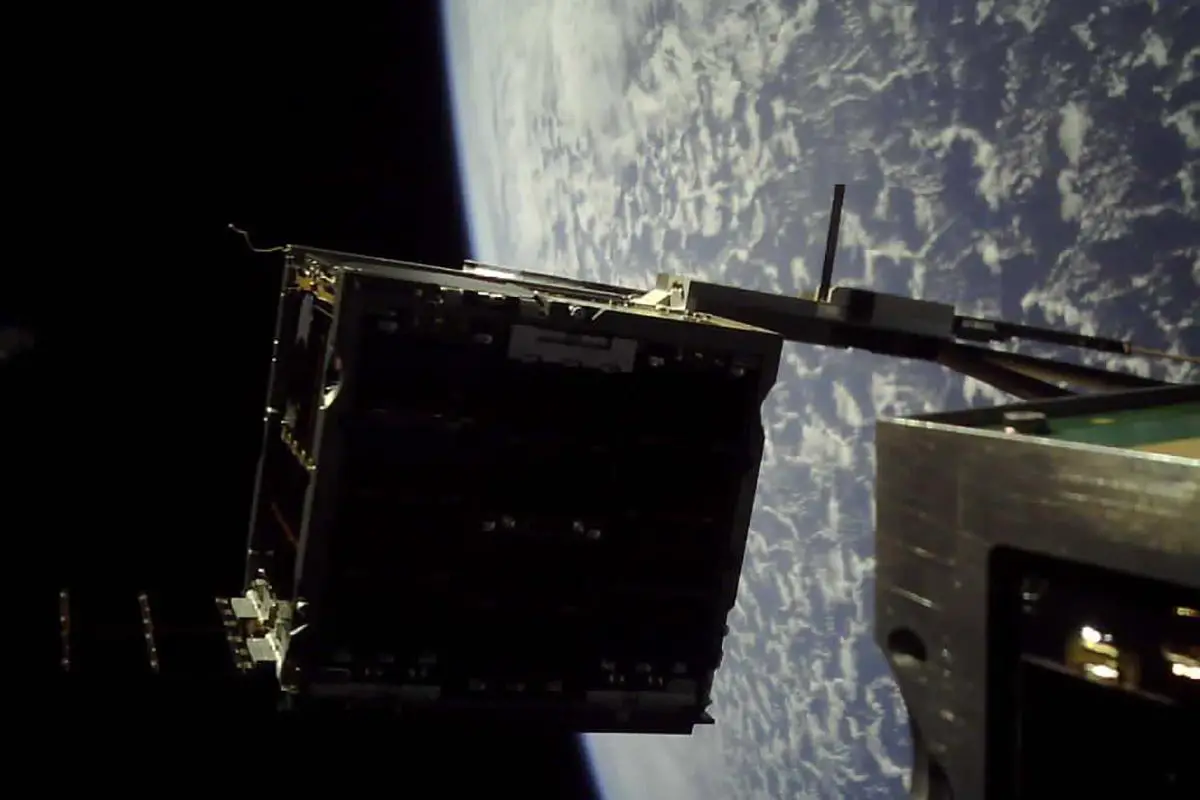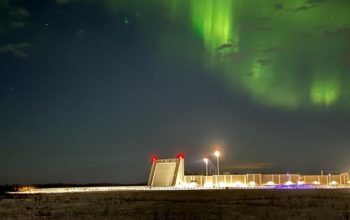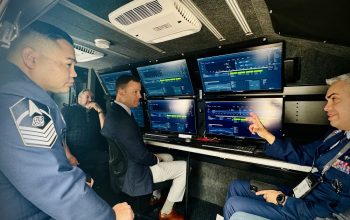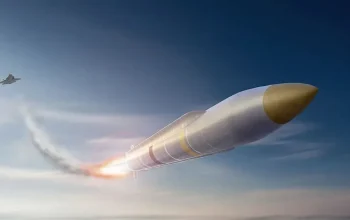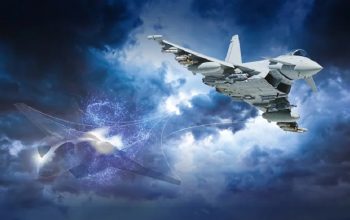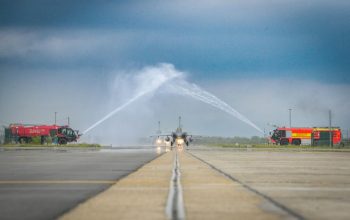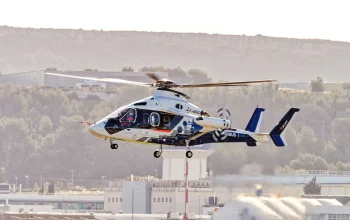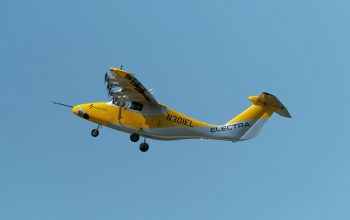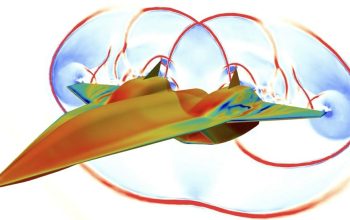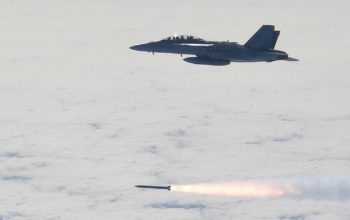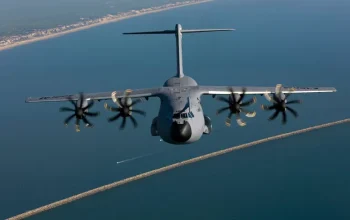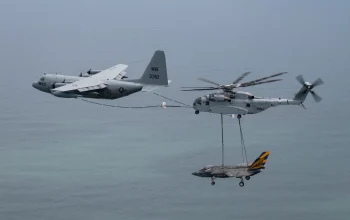A controlled separation of Australia’s M2 cube satellite in space was a recent success for Australia’s space capability – with the satellite capturing a photo of the momentous event. The M2 satellite mission is a collaborative project between the University of NSW Canberra Space and Air Force. Head of Air Force Capability Air Vice-Marshal Cath Roberts said it was Australia’s most complex CubeSat mission. The M2 mission has been orbiting the globe since being launched in New Zealand by Rocket Lab in March. Following the controlled separation, M2A and M2B will enable planned research into formation flying, satellite control mechanisms, maritime surveillance, space domain awareness and inter-satellite communications.
Director General Air Defence and Space Air Commodore Philip Gordon said, “UNSW Canberra Space engaged with a supply chain of about 30 Australian companies and organisations for the M2 satellite mission. M2 is not only significant for Defence’s space domain, but also for advancing Australia’s burgeoning space industry. This is an example of the world-class space capabilities on offer by Australian industry and academia – showcasing their depth of talent, ingenuity and collaborative spirit.”
“This collaboration allows small satellites to be used for evaluation of technologies that may eventually be placed onto more complex space systems, such as large communications or Earth observation satellites. The initiation of formation flying is a landmark moment for the Defence space domain. This allows testing of satellite separation mechanisms and facilitates on-orbit research. The two satellites are packed with payloads, such as optical telescopes which are informing future Defence surveillance concepts,” Air Vice-Marshal Roberts said.
M2A and M2B will be able to communicate with each other as well as ground stations on Earth, giving better quality data with greater detail and less lag time. In a world first, M2 is carrying the first neuromorphic cameras to be placed into orbit. Western Sydney University’s International Centre for Neuromorphic Systems leads development of these biology-inspired event-based cameras, delivering advanced capability for tracking small and fast-moving objects. The UNSW Canberra Space team also achieved an Australian first, performing in-space artificial intelligence inferencing using on-board computing. This represents a significant step towards developing intelligent, networked satellite constellation technologies.
